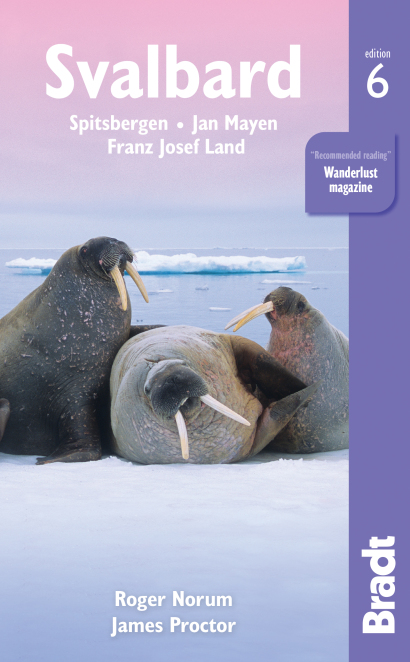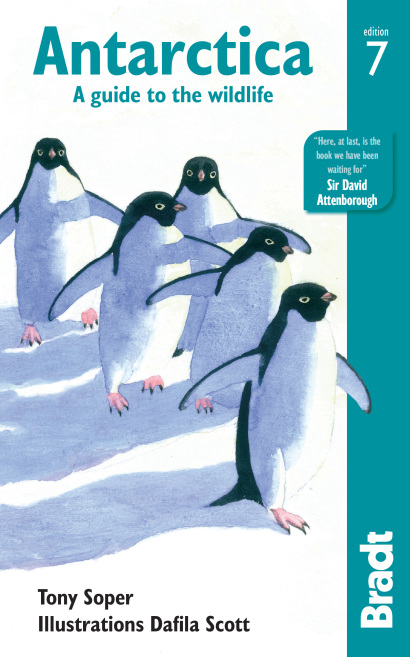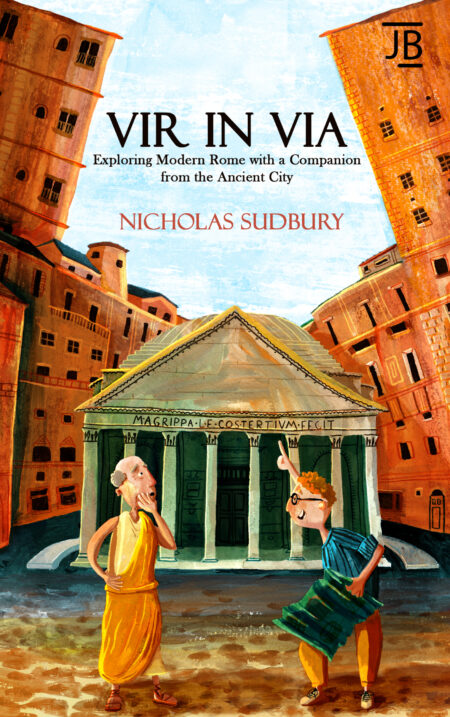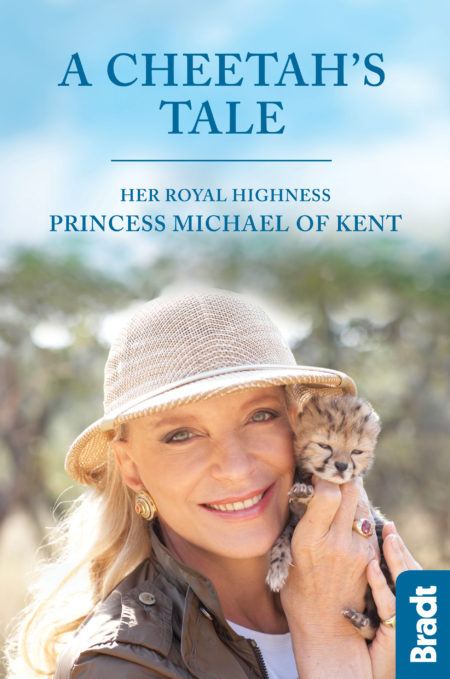Serbia
by Laurence Mitchell
£18.99 £17.09
Serbia Travel Guide – Expert travel and holiday tips including Belgrade museums and restaurants, accommodation, Novi Sad, Subotica, Nis, plus hidden monasteries and fortresses including Studenica, Petrovaradin and Golubac. Also covering Balkan music, wine, rafting, hiking, birdwatching, wildlife, Sargan Eight Railway and Guca and EXIT festivals.
552 in stock
ISBN: 9781784776817
Published: 13th Jun 2022
Size: 135 X 216 mm
Edition: 6
Number of pages: 408
About this book
This new, thoroughly updated edition of Bradt’s Serbia covers all the practical information you could need plus comprehensive details of Serbian history, geography, economy, politics and people, as well as food and wine, city life, hiking and outdoors and adventure trips. Significant improvements to accommodation throughout the country over the past few years are also covered, with a wide range of options included, from five-star and boutique hotels to backpacker hostels. Bradt’s Serbia also has a strong emphasis on culture and the arts – music, literature, cinema and art – and on natural history, with a thorough overview of Serbia’s best wildlife sites.
Serbia remains one of the least known corners of Europe although Belgrade, the capital, is becoming increasingly popular with overseas visitors, as is the second city, Novi Sad. Both are lively, cosmopolitan and welcoming cities with vibrant nightlife. In contrast, rural Serbia, with its hidden monasteries and gorgeous countryside, is an undiscovered gem. This new edition covers everything from the development of the Savamala riverfront in Belgrade to village stays, archaeological sites from the Roman era or earlier (no fewer than 18 Roman emperors were born in the territory that is now Serbia, including Constantine the Great), public transport information, the EXIT festival and Guca Trumpet Festival and, of course, the country’s sporting prowess: tennis star Novak Djokovic has won 20 Grand Slam single titles, while in team sports, Serbia has excelled at water polo, basketball, volleyball and football in recent years.
No matter your interest, whether it be travelling on one of the steepest climbing railway lines in the world, the Sargan Eight line, visiting one of the largest Orthodox Christian churches in the world, Belgrade’s Temple of St Sava, or wandering around the National Museum or Museum of Contemporary Art, both now finally re-opened, Bradt’s Serbia offers everything you need for a successful trip.
About the Author
Laurence Mitchell has, at various times, taught English in Sudan, surveyed historic farm buildings in Norfolk, pushed a pen in a local government office and worked as a geography teacher. Travel has been an important part of his life ever since his first tentative steps overseas in the 1970s, well before the term ‘backpacker’ was invented. He has been visiting Serbia since it was part of the former Yugoslavia and Tito was in charge, and knows the region extremely well. With a keen interest in natural history, as well as the arts, he is keen to convey to others the wealth of cultural and natural offerings that Serbia has to offer visitors.
These days Laurence works as a freelance travel writer and photographer with a particular penchant for forgotten places, border zones and territories in transition. His blog can be found at eastofelveden.wordpress.com and photography website at laurencemitchell.com.
Ivana Dukcevic was born and lives in Belgrade, Serbia. She graduated from the Faculty of Applied Arts & Design from which she received the university degree equivalent to Master of Arts. She runs her own travel pages where she posts stories with photos from her travels: umetnostputovanja.rs. Her travel photos are marketed through Istockphoto/Getty Images.
Reviews
‘A good introduction to the country.’
The Independent
Additional Information
Table of ContentsIntroduction
PART ONE GENERAL INFORMATION
Chapter 1 Background Information
Geography and climate, Natural history and conservation, History, Economy, People, Language, Religion, Culture
Chapter 2 Practical Information
When to visit, Highlights, Suggested itineraries, Tourist information and tour operators, Red tape, Getting there and away, Health, Safety, Women travellers, LGBTQ+ travellers, Travelling with children, What to take, Money and budgeting, Getting around, Accommodation, Eating and drinking, Shopping, Other practicalities, Arts and entertainment, Photography, Media and communications, Business, Cultural etiquette, Travelling positively
PART TWO THE GUIDE
Chapter 3 Belgrade
History, Getting there and away, Getting around, Tourist information, Local tour operators, Where to stay, Where to eat and drink, Entertainment and nightlife, Culture and festivals, Shopping, Other practicalities, Suggested itineraries, What to see and do, Nearby city escapes
Chapter 4 Along the Danube
Smederevo, From Smederevo to Veliko Gradiste, Golubac, The Homoljske region, Ðerdap National Park, Negotin
Chapter 5 Central Serbia
Kragujevac, The Knic area, Kraljevo, Vrnjacka Banja, Krusevac, Topola, Valjevo
Chapter 6 Vojvodina
History, Novi Sad, Sremski Karlovci, Fruska Gora National Park, Sremska Mitrovica, Sombor, Bac, Subotica, Becej, Pancevo, Kovacica, Kikinda, Zrenjanin, Vrsac, Bela Crkva
Chapter 7 West and Southwest Serbia
Uzice, Cacak, Guca and around, Zlatibor, Tara National Park, South along the Ibar Valley, Kopaonik region, The Raska region, West of Novi Pazar, Onward travel to Kosovo
Chapter 8 East and Southeast Serbia
Zajecar, Cuprija, Jagodina, Despotovac, Sokobanja, Nis, Knjazevac, Pirot and around, Leskovac, Vranje, Kursumlija
Appendix 1 Language
Appendix 2 Glossary of Serbian Terms
Appendix 3 Further Information
Index




